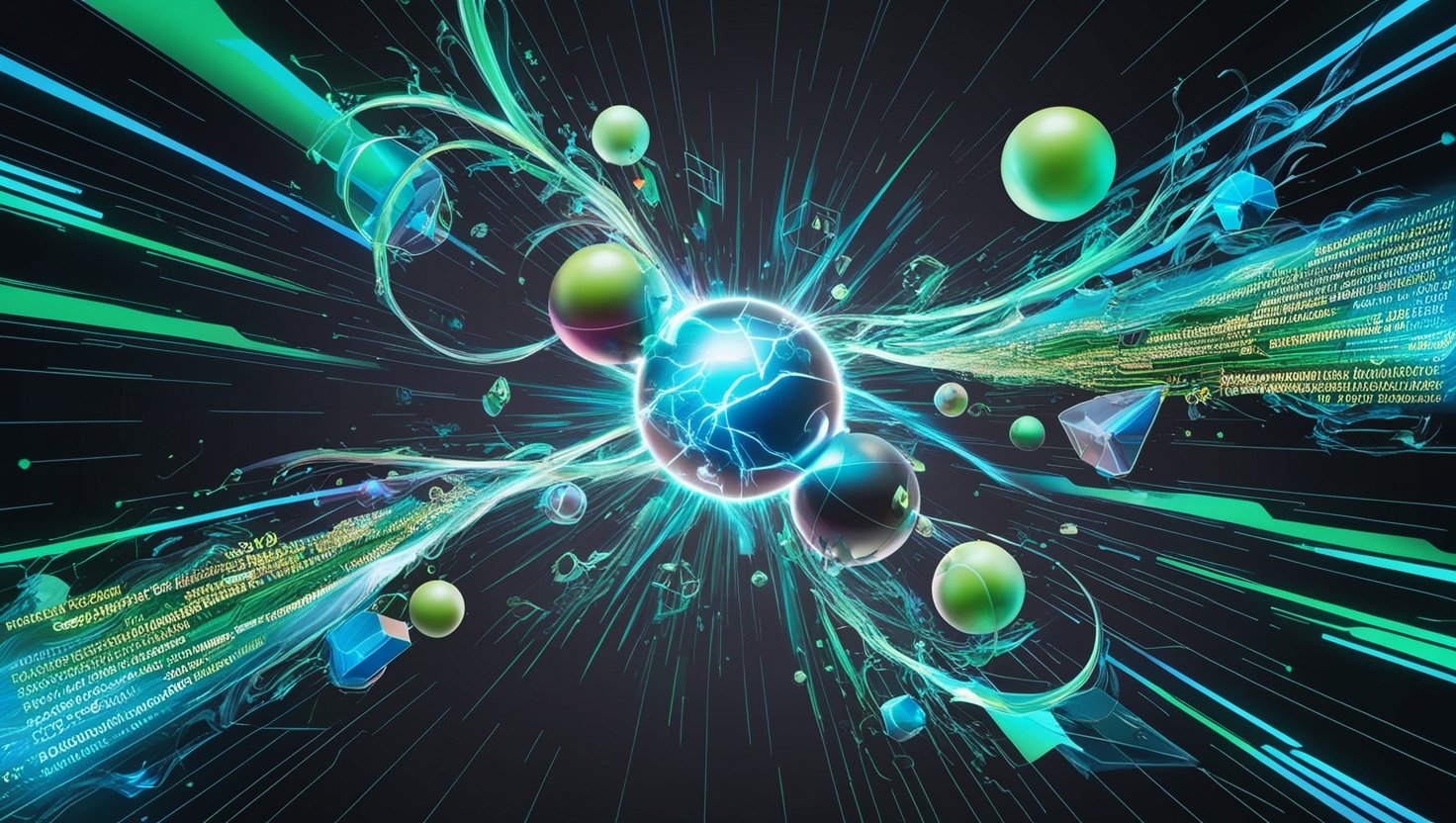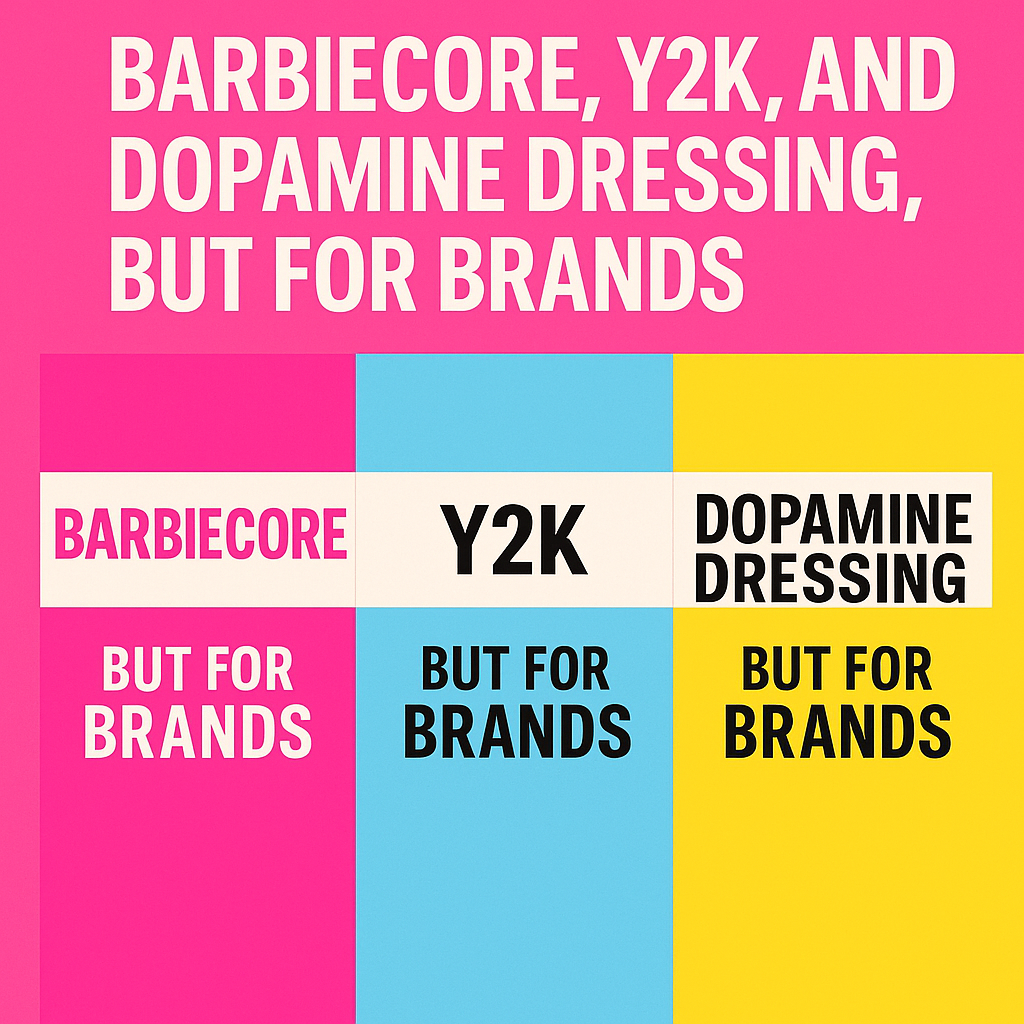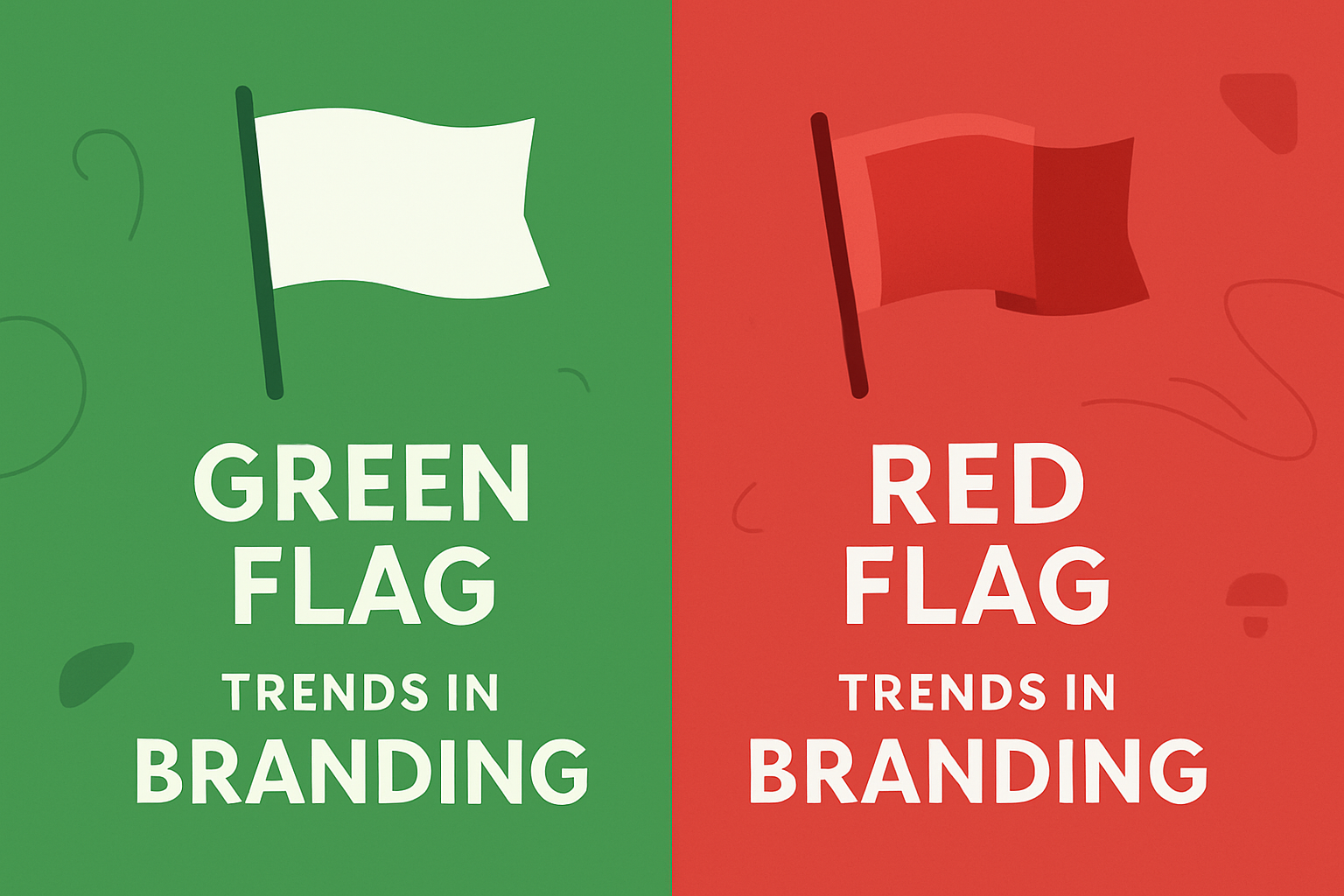Analyzing the latest trends and technologies shaping motion graphics this year.
The world of motion graphics is ever-evolving, with new trends and technologies constantly pushing the boundaries of creativity and innovation. As we move through 2024, the motion graphics landscape is witnessing significant changes driven by advancements in technology, shifts in audience preferences, and the increasing demand for more immersive and engaging visual content. This blog delves into the key trends and technologies shaping motion graphics in 2024 and explores how these developments are driving innovation in the industry.
1. The Rise of 3D Motion Graphics
One of the most prominent trends in motion graphics for 2024 is the increasing use of 3D elements. With advancements in software and hardware, 3D motion graphics have become more accessible to designers and animators, allowing for more dynamic and visually stunning content. 3D graphics add depth and realism to animations, making them more engaging and lifelike.
Incorporating 3D elements into motion graphics has become easier with tools like Cinema 4D, Blender, and Autodesk Maya, which offer advanced features for creating complex 3D animations. These tools have been enhanced with improved rendering engines, faster processing times, and more intuitive user interfaces, making 3D motion graphics more mainstream.
Learn more about 3D motion graphics tools.
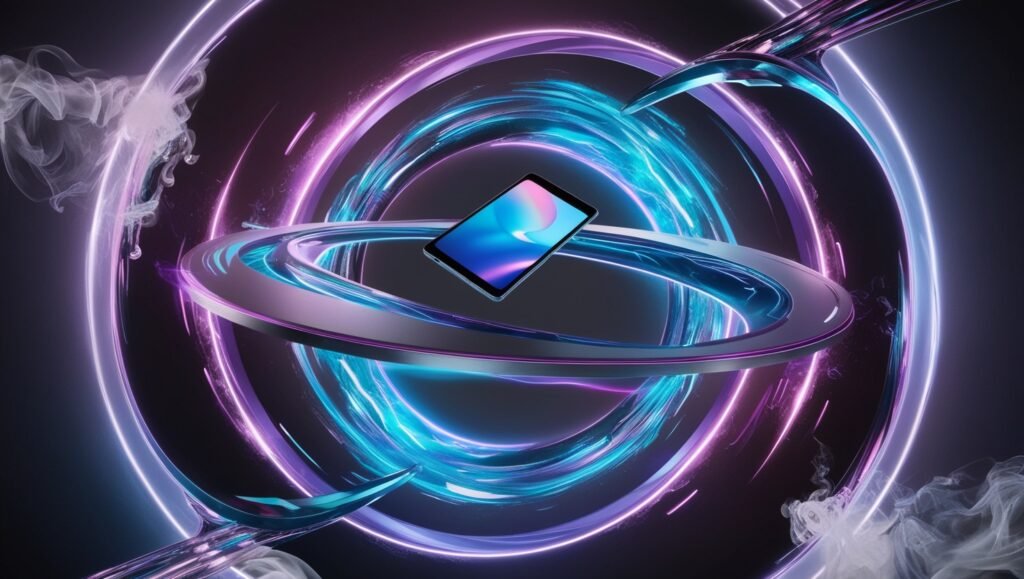
2. Motion Graphics for Augmented Reality (AR) and Virtual Reality (VR)
As AR and VR technologies continue to gain traction, motion graphics are increasingly being integrated into these immersive experiences. In 2024, we’re seeing more motion graphics designed specifically for AR and VR environments, where they enhance the user experience by adding interactive and engaging elements.
In AR, motion graphics are used to overlay digital content onto the real world, creating a blended reality that can be used in various applications, from gaming to marketing. In VR, motion graphics are essential for creating fully immersive environments, guiding users through virtual worlds, and enhancing storytelling.
The integration of motion graphics into AR and VR is also opening up new opportunities for brands and marketers, allowing them to create more interactive and personalized experiences for their audiences.
Explore how motion graphics are used in AR and VR.
3. Real-Time Rendering and Motion Graphics
Real-time rendering has become a game-changer for motion graphics in 2024. This technology allows motion graphics to be rendered instantly, providing designers with immediate feedback and enabling more efficient workflows. Real-time rendering is particularly beneficial for live events, broadcasts, and interactive applications where instant updates are crucial.
Unreal Engine and Unity are leading the charge in real-time rendering, offering powerful tools for creating high-quality motion graphics that can be rendered in real-time. This technology is not only improving the efficiency of motion graphics production but also allowing for more complex and dynamic animations that can be adjusted on the fly.
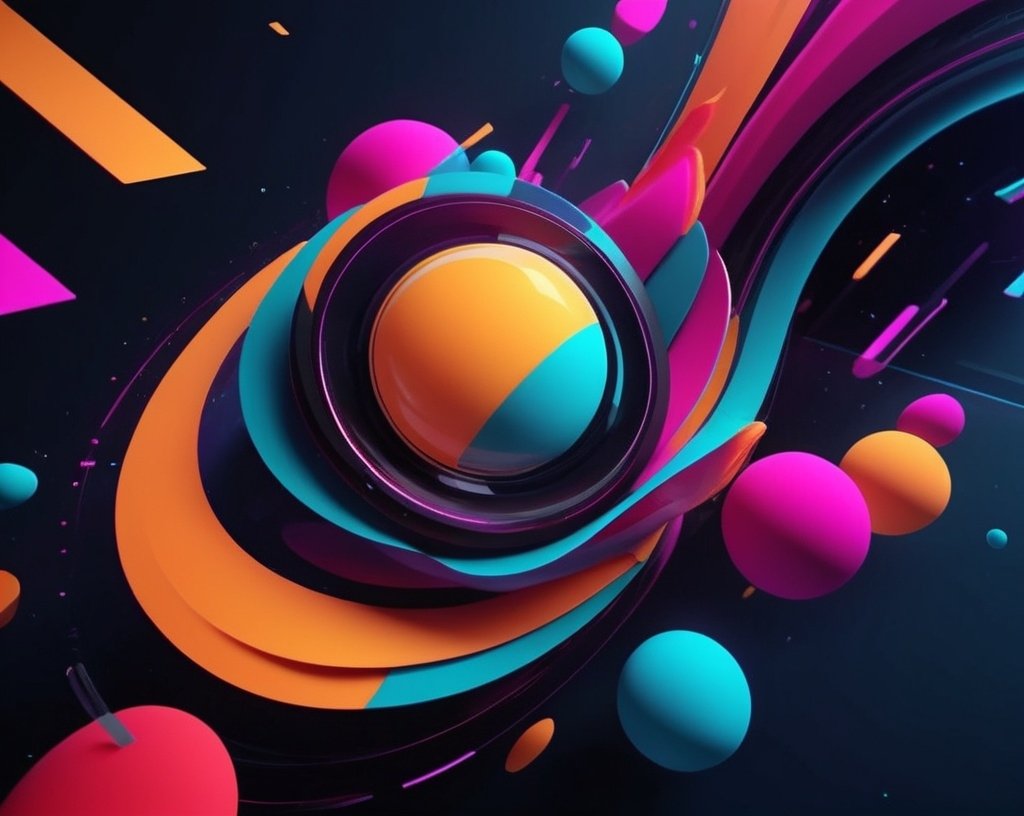
Learn more about real-time rendering in motion graphics.
4. The Influence of Artificial Intelligence (AI) and Machine Learning (ML)
Artificial Intelligence (AI) and Machine Learning (ML) are playing an increasingly significant role in the motion graphics industry. In 2024, AI-driven tools and algorithms are being used to automate various aspects of motion graphics production, from generating animations to optimizing rendering processes.
AI and ML are also enabling more personalized and data-driven motion graphics. For example, AI can analyze audience data to create customized animations that resonate with specific viewer segments. This capability is particularly valuable in marketing, where personalized content can significantly improve engagement and conversion rates.
Furthermore, AI-powered tools like Adobe’s Sensei are helping designers create more complex animations with less manual effort, streamlining the creative process and opening up new possibilities for innovation.
Explore the role of AI in motion graphics.
5. Kinetic Typography and Dynamic Text Animations
Kinetic typography, or the animation of text, continues to be a popular trend in motion graphics for 2024. This technique involves making text move in creative ways to convey messages more effectively. Kinetic typography can be used in a variety of applications, from explainer videos to advertisements, and is particularly effective in grabbing viewers’ attention and conveying information quickly.
With the rise of social media and short-form content, dynamic text animations have become even more relevant. They allow brands to communicate key messages in a visually engaging manner, often within just a few seconds. As attention spans continue to shorten, kinetic typography offers a powerful way to capture and retain viewers’ attention.
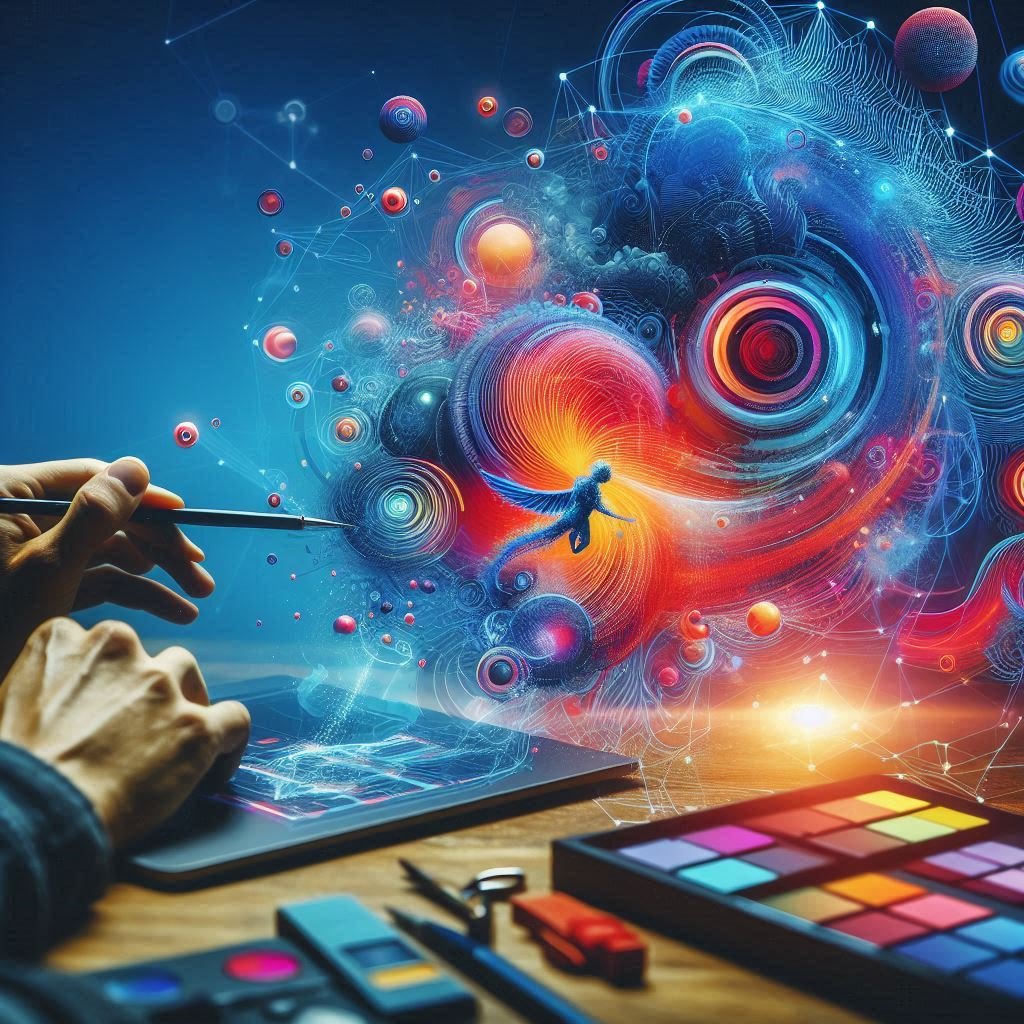
6. The Use of Motion Graphics in Branding and Identity
Motion graphics have become an essential tool for branding and identity in 2024. Brands are increasingly using motion graphics to create memorable visual identities that stand out in a crowded marketplace. From animated logos to branded video content, motion graphics are being used to convey brand messages and values in a more dynamic and engaging way.
Animated logos, for instance, have become a popular way for brands to make a lasting impression. Unlike static logos, animated logos can capture attention and convey a brand’s personality in just a few seconds. Motion graphics are also being used in brand videos, social media campaigns, and websites to create cohesive and visually appealing brand experiences.
Explore the impact of motion graphics on branding.
7. Seamless Transitions and Morphing Techniques
Seamless transitions and morphing techniques are gaining popularity in motion graphics, offering a smooth and fluid way to move from one scene or element to another. These techniques are particularly effective in storytelling, where they can be used to create a continuous narrative flow that keeps viewers engaged.
In 2024, designers are experimenting with more complex and creative transition effects, using software like After Effects and Houdini to achieve intricate morphing animations. These transitions are being used in a variety of applications, from music videos to corporate presentations, to create a more polished and professional look.
Learn more about seamless transitions in motion graphics.

8. Motion Graphics for Data Visualization
As the demand for data-driven content continues to grow, motion graphics are increasingly being used for data visualization in 2024. Animated data visualizations make complex data more accessible and engaging, helping viewers understand trends, patterns, and insights more easily.
Motion graphics for data visualization are being used in various fields, including finance, healthcare, and marketing. These visualizations are often featured in reports, presentations, and videos to communicate data in a more compelling way. With the help of tools like Tableau and D3.js, designers can create interactive and animated data visualizations that are both informative and visually appealing.
Explore data visualization with motion graphics.
9. Integration of Motion Graphics with Web Design
In 2024, the integration of motion graphics with web design is becoming more prevalent. Motion graphics are being used to enhance user experiences on websites, making them more interactive and engaging. From animated backgrounds to interactive elements, motion graphics are helping to create more dynamic and visually appealing web experiences.
One of the key trends in this area is the use of micro-interactions, which are small animations that occur in response to user actions, such as clicking a button or hovering over an element. These micro-interactions add a layer of interactivity to websites, improving user engagement and satisfaction.
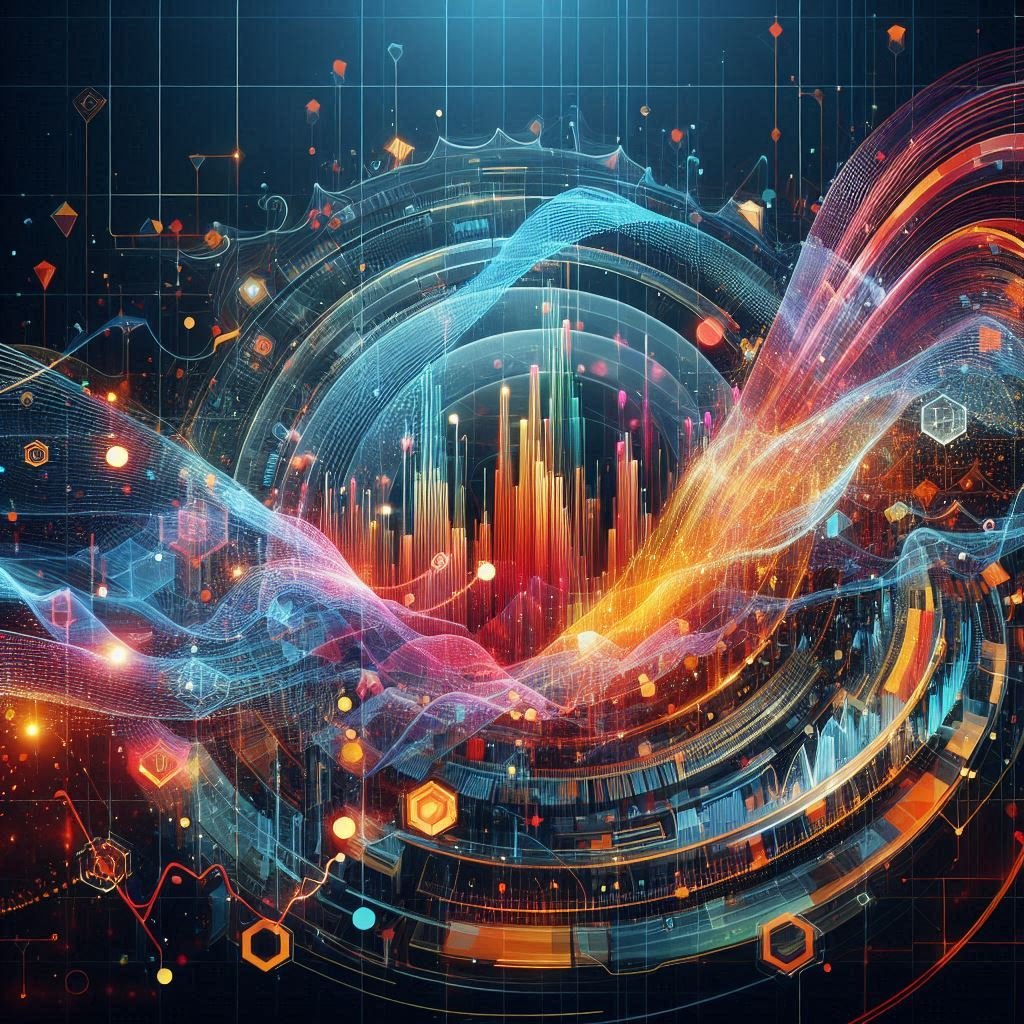
10. Sustainability in Motion Graphics
Sustainability is a growing concern in all industries, and motion graphics are no exception. In 2024, there is an increasing focus on creating motion graphics in a more environmentally friendly way. This includes using energy-efficient rendering techniques, optimizing file sizes, and minimizing the use of resources in the production process.
Moreover, motion graphics are being used to promote sustainability and environmental awareness. Brands and organizations are creating animated content to educate audiences about environmental issues, showcase sustainable practices, and encourage positive behavior change.
Explore sustainability in digital media.
Conclusion
The motion graphics industry is experiencing a period of rapid innovation in 2024, driven by advancements in technology, changing audience preferences, and the need for more engaging and immersive content. From the rise of 3D motion graphics to the integration of AI and real-time rendering, these trends are shaping the future of motion graphics and opening up new possibilities for creativity and storytelling.
As we move forward, staying updated on these trends and embracing new technologies will be key for motion graphics professionals looking to push the boundaries of what’s possible. Whether you’re a designer, animator, or marketer, understanding these trends will help you create more impactful and innovative motion graphics that resonate with audiences and drive results.
Discover more about the future of motion graphics.
Explore our Visual Marketing articles
How Leading Brands Can Benefit from Virtual Reality in Marketing by 2030 – Studio Image Works
The Future of Virtual Reality in the Education Sector: A Vision for Tomorrow – Studio Image Works
Advertising Trends 2024 Anamorphic Anamorphic Advertising Anamorphic Content


